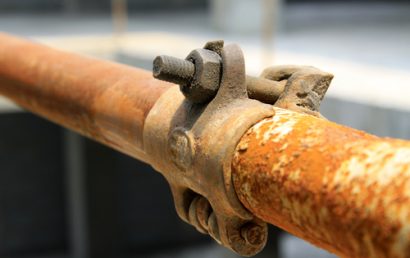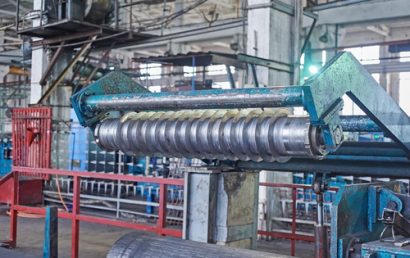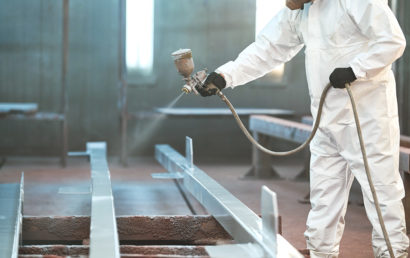The History of Thermal Spray in a Nutshell
Numerous industries use thermal spray coatings of varying types. Some industries include wire drawing, wind energy, solar energy, pump repair, pulp and paper, printing machinery, power and energy, pharmaceutical and medical processing, petrochemical, molds and dies, mining, metal production and processing, material handling, marine, food and beverage processing, fluid handling, electronics and semiconductor, defense and military, converting, compressor, chemical, bottling and canning, rubber manufacturing, biomedical, automotive, valves, textile manufacturing, agricultural, aerospace and rotorcraft, industrial machinery, and more.
And yet, through it all, very few people know where thermal spray and protective coatings actually came from. Who and what started it all? Let’s take a look.
The Beginnings of Thermal Spray
Metal spraying or thermal spray originally showed up in metal powder production. Vapers (or high-tension gases) were created for escape and, poured into the stream of gas, was liquid metal. For the first time, it was patented in 1882. Over the course of several years, the process developed further.
At that time, no importance was attached to the unintentional side products of the process – porous layers. These side products (the use of multiple layers) were experimented with by Felix Meyer, Franz Herkenrath – both German engineers – and M. U. Schoop, a Swiss engineer. This resulted in the development of the first stationary metal spraying plant in 1910.
The Process Matures
The use of liquid metal, after presenting problems of its own, was replaced by the use of a new raw material – fine metal powder. What was attempted 100 years ago, and is still in use today, is the process of throwing (onto the surface that required coating) cold metal powder. This would produce layers which provided maximum protection. Back in the day, the attempt failed. These days, however, cold spraying or cold gas spraying are high-speed coatings commonly used in the world of thermal spray.
Possibly, the reason for failure was that, 100 years ago, cold spraying was simply not possible. Powder flame spraying was what the process eventually developed into and is still utilized today.
Thermal Spraying At an Industrial Level
Eventually, coating plants were developed where raw materials were processed from wires. Wire flame spraying, as a coating process, was, thereby, created. Soon, with the help of an arc (and similar to a welding process) metal wires were melted to achieve yet another method of metal spraying. This would eventually be referred to as arc spraying.
In the late 50s, further developments resulted, and laser spraying, plasma spraying, and detonation spraying were created. Aviation was one of the first industries to use these processes.
Time Goes on
In the 1980s, further developments took place. The 80s saw the use of VPS/LPPS (vacuum plasma spraying and low pressure plasma spraying). HVOF (high velocity flame spraying) was also introduced.
Cold spraying is the latest and greatest development in the world of protective coatings and thermal spray. As you can see, the history of thermal spraying and protective coatings is anything but sedentary.
And speaking of history, since 1944 A and A Coatings has been a major player in the industry of thermal spray. Our established experience makes us the go-to company for numerous industries and applications. To find out what A and A Coatings can do for your company, contact us today. We can show you how to protect that all-important bottom line by decreasing downtimes, reducing maintenance costs, and increasing the lifespan of your components and machinery.



